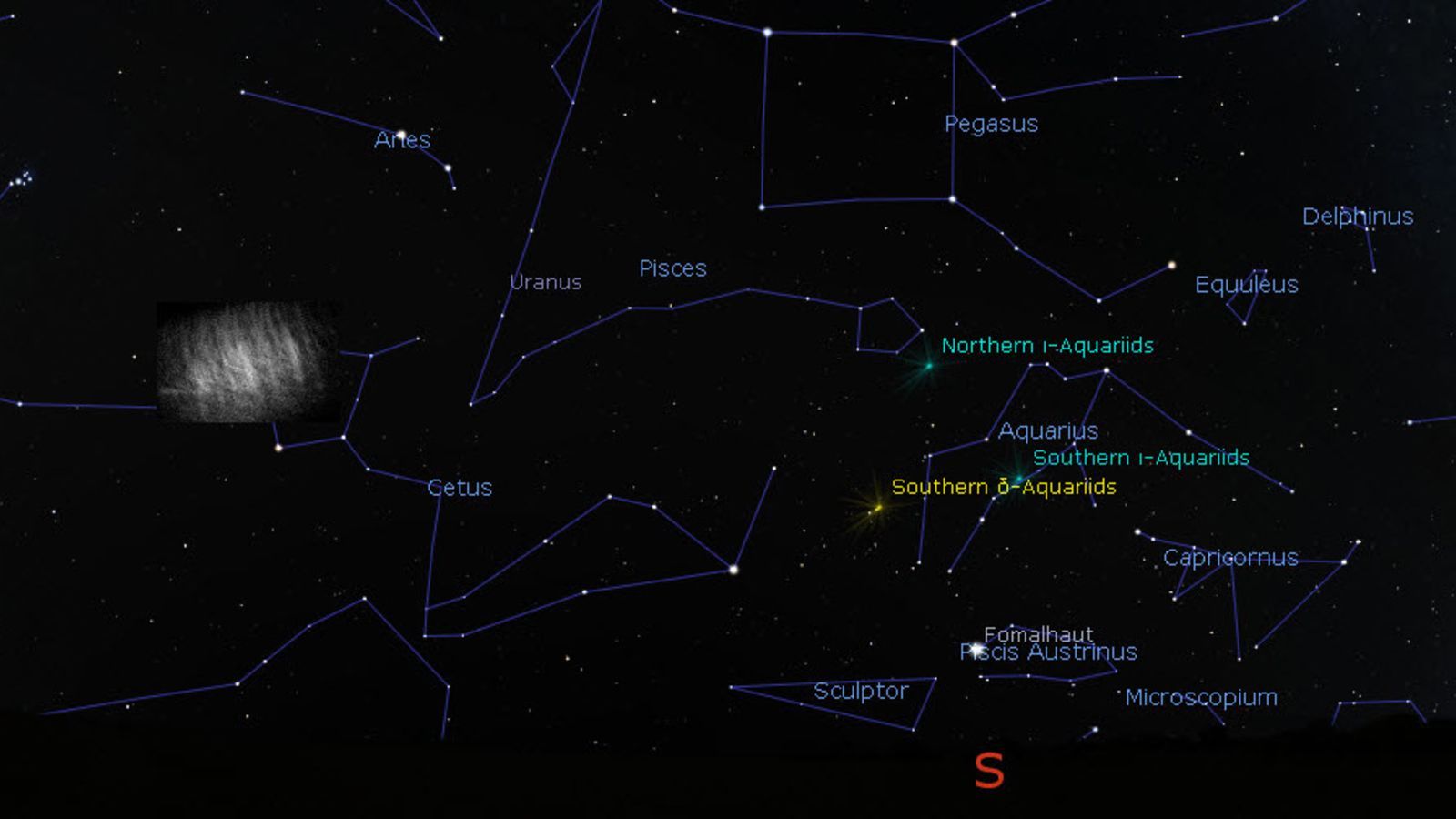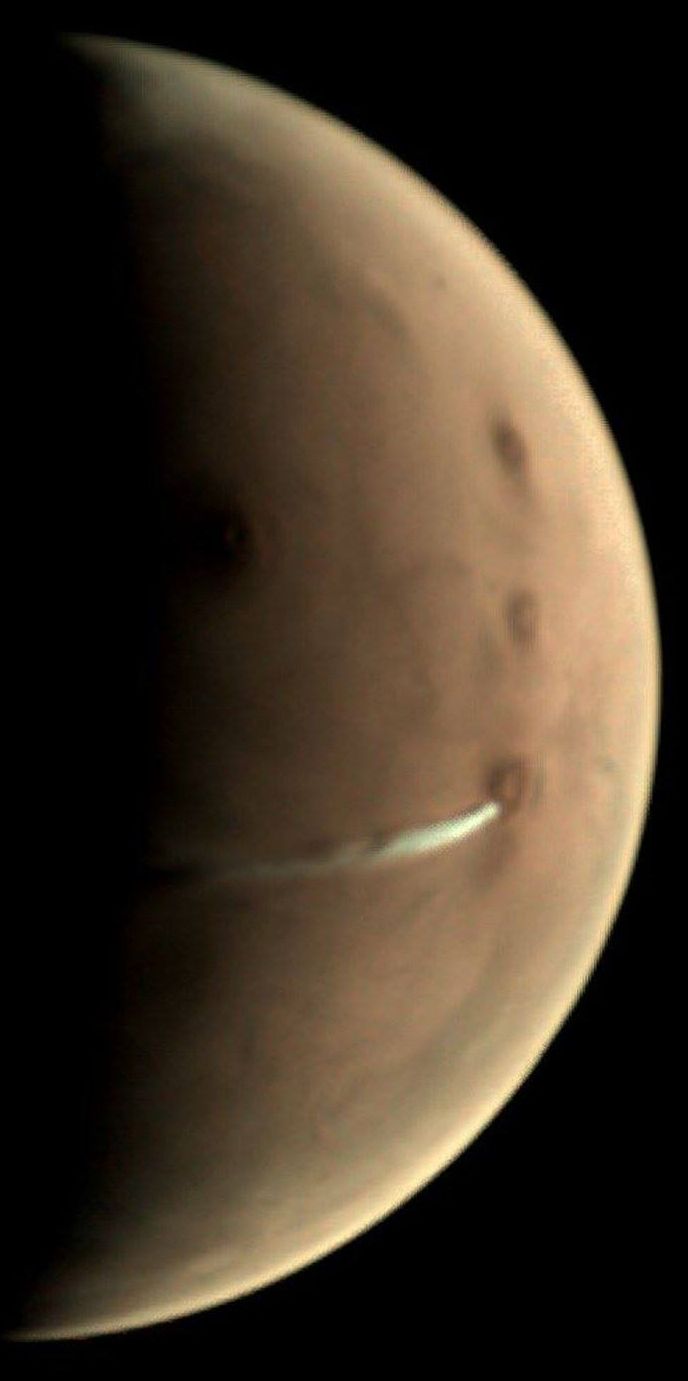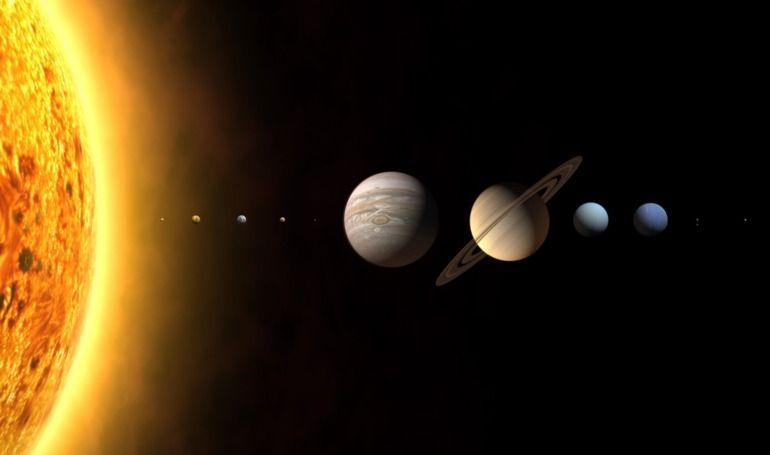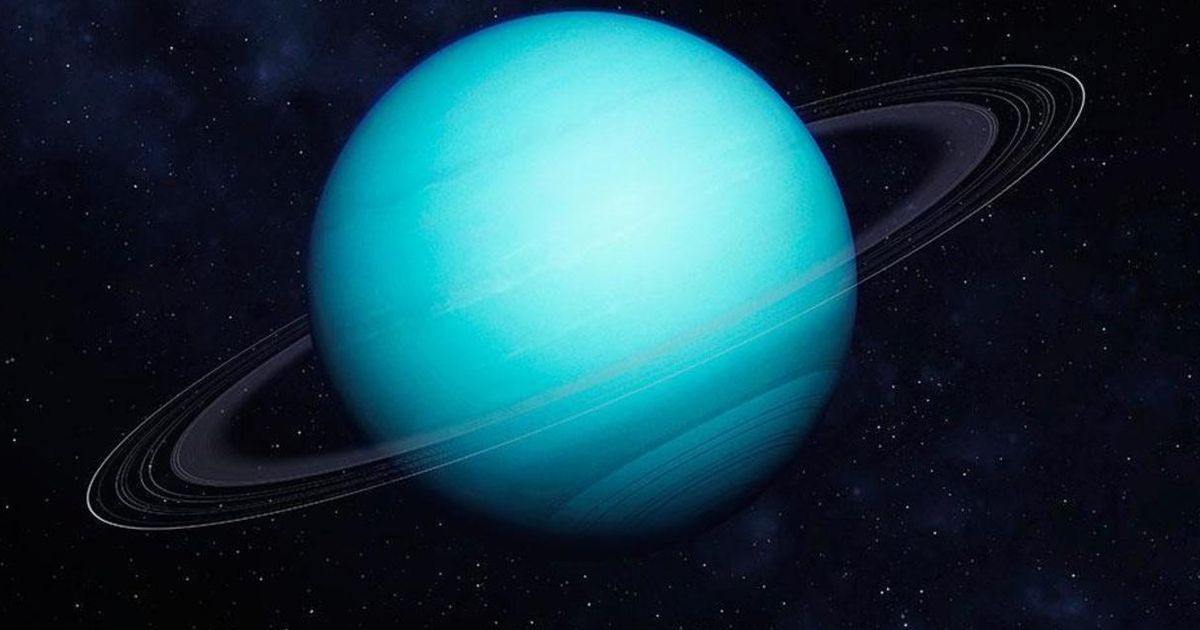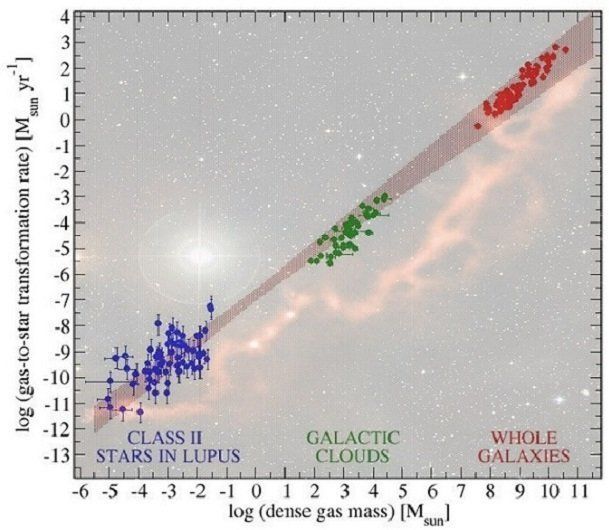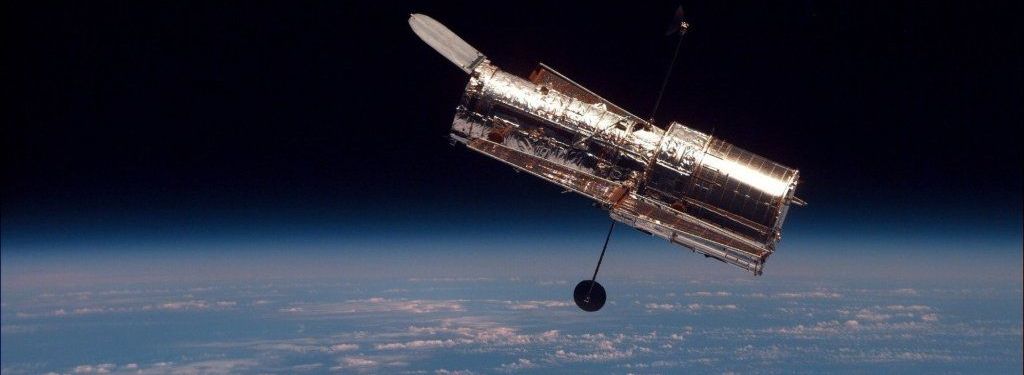A ghostly dust satellite or two might be orbiting the Earth, according to new research building on a 60-year-old idea.
Massive objects attract one another through the force of gravity. But when you have multiple huge objects with just the right masses, their mutual gravitational field can introduce some anomalies—like gravitational points that can hold things stable. Scientists have found objects orbiting in these “Lagrange points” created by the combined gravity of the Sun and Mars, the Sun and Neptune, and the Sun and Jupiter. Researchers are now reporting evidence of dust clouds, called Kordylewski dust clouds, in the Lagrange points created by the Earth and the Moon.
